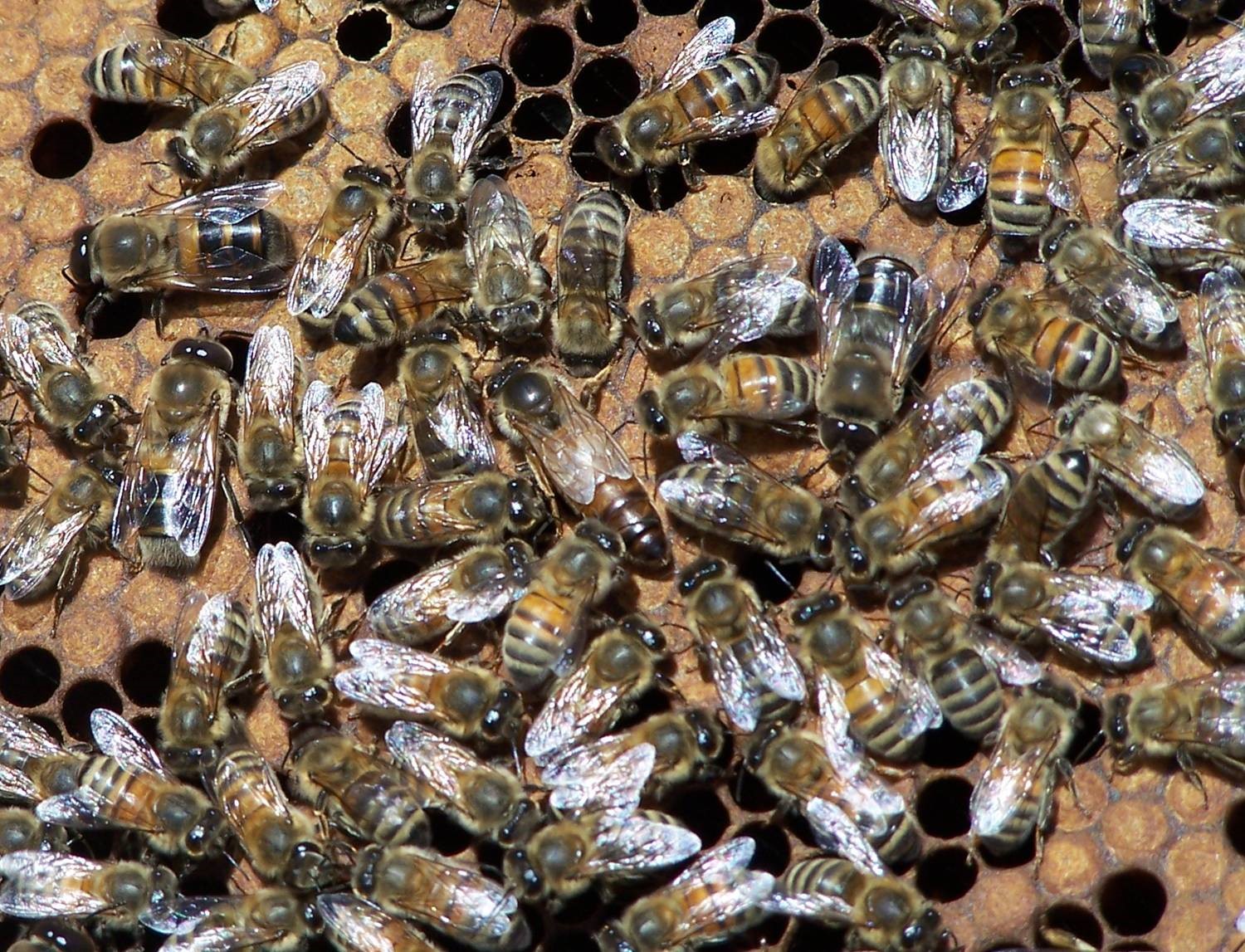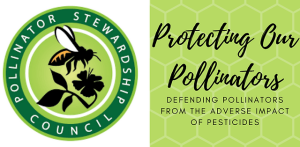Inside a hive, all females are the same when they are larval bees. Then, one female is selected as the queen bee, and she is fed a special diet of royal bee jelly. The jelly nurtures her into becoming the queen bee. The other females get a non-royal diet. Royal bee jelly is made by worker bees, for the sole purpose of developing a queen. As a result, adult queens are larger than the other bees, live longer and are the only fertile ones in the hive.
The reason is that a queen’s stem cells can self-renew, but worker bees cannot. Just as hair or fingernail cells renew themselves and grow back after being cut, a queen bee’s stem cells are continuously self-renewing.
The Stanford researchers found that a special protein within the royal jelly is what causes this. Like nature’s copy machine, this protein causes the queen’s stem cells to make many copies of themselves. And more cells make a bigger queen.
Stem cells in larval bees are ready to grow into different body parts such as adult wings, antennae and more. But royal jelly protein molecules cause a queen bee’s stem cells to keep multiplying themselves, resulting in a larger body size. The protein that fuels this renewal was unknown before the Stanford study.
This is where the critical importance of bees comes in. Honey bees are the only organism that can create royal jelly — it cannot be created by humans or mammals.
“We were able to identify this molecule by analyzing royal jelly,” said Stanford’s Dr. Kevin Wang. “The honey bee is a fantastic model to study this. These female larvae all start out the same on day zero, but end up with dramatic and lasting differences in size. How does this happen?”
Wang and his team wanted to find out. “There is a protein in royal jelly that causes bee stem cells to renew themselves, and this is what causes queen bees to be bigger and to contain more cells than worker bees,” Wang said. This protein had never been observed in any other animal or human stem cells.
In a surprising finding, Wang’s team eventually discovered that mammals and humans do have a somewhat similar protein — but scientists have never before been able to find it. And it seems to be present in everything “from eels to humans,” Wang said.
“Royal jelly literally turns on genes to create a queen out of any fertilized egg, so it makes sense that it allows for a blank canvas, so to speak, to make way for cell differentiation,” CLU alumna Geldert explained. “Within the hive, honey bees have an incredible network of communication and immunity practices that keep the hive healthy and operating effectively. If we can get a better understanding of that network and find the areas of overlap between our species and theirs, I think we will only discover more incredible things that honey bees are capable of doing. This is very promising for both human and veterinary medicine!”
Wang’s work was inspired by his curiosity about royal jelly’s ancient reputation as a rejuvenating power. “In folklore, royal jelly is kind of like a super-medicine, particularly in Asia and Europe,” Wang said.
Royal jelly has for centuries had a reputation for having fountain-of-youth qualities that keep its users young and vibrant. Ancient Greeks like Aristotle believed so adamantly that royal jelly increased intellect and physical strength that he served it to his students. Chinese emperors considered it to have Viagra-like powers. Egyptian pharaohs consumed royal jelly for its alleged rejuvenating powers, and it was one of Cleopatra’s beauty secrets. Modern-day proponents continue to tout its anti-aging benefits, while skeptics ignore it. The U.S. Food and Drug Administration has never approved it as safe. There has been little scientific evidence to support the historical claims that surround royal jelly. The medicinal usefulness of this glue-like substance has been debated for centuries, and now it is not likely to come unglued from modern science.
“The unexpected findings will likely invigorate the thousand-year-old debate about royal jelly’s age-defying reputation,” Wang said. “We provided concrete scientific evidence that the rumored effects of royal jelly have some biological basis.” Royal jelly has a number of different components, but Wang’s team isolated “the one protein that has never been seen before.”
“It’s fascinating,” he said. “We’ve connected something mythical to something real. The molecule we identified can fuel stem cell renewal, can be used to propagate new stem cells or renew adult cells.”
Human stem cells, when used safely, can repair diseased or injured body parts, from retinas in blind patients to lungs in fibrosis patients. The potential for treatment of a variety of medical conditions is enormous. Thanks to bees, scientists now know more about the healing power of stem cells — guided by how the royal jelly powers up the queen bee, which happens daily on county campuses.









